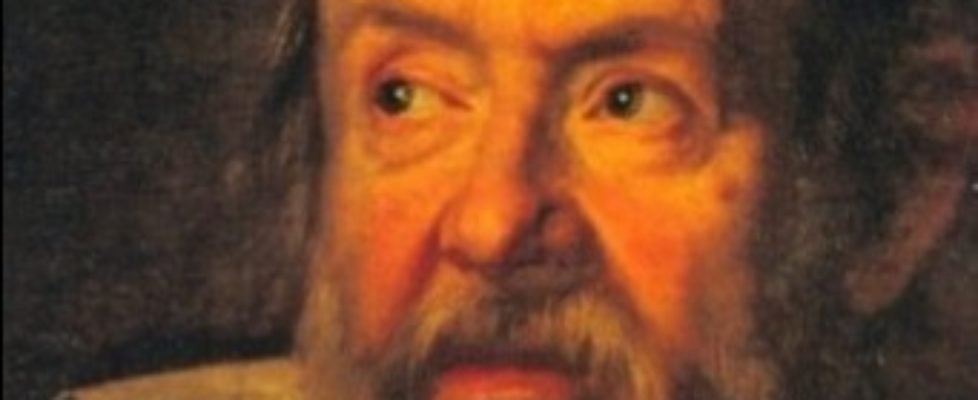Simple Life, Profound Impact
by C. BENEDETTI
Galileo Galilei, one of history’s most influential astronomers, may have started from humble beginnings, but by the end of his life he had produced some of science’s most significant discoveries.
Galileo was born in Florence in 1520 to Vincenzo Galilei, a music teacher, and Guilia Ammannati. He and his family spent most of his early years in Pisa, before returning to Florence. When it was time to begin his education his father sent Galileo to the Camaldolese Monestary at Vallambrosa, southeast of Florence. It was a school run by the Camaldolese Order of Monks (having split from the Benedictine Order), and thus they implemented a strict and pious form of student life that greatly resembled monkhood. This suited Galileo (who had every intention of joining the Order) but not his father who wished him to become a medical doctor. His father had him return to Florence for the remainder of his schooling, and then sent him back to Pisa so that he could apply to the University of Pisa.
Throughout his time at the university Galileo pursued his passions of mathematics and philosophy, instead of focusing on his medical courses. It was through these courses for which he was so passionate that he met his teacher, Ostilio Ricci who ultimately persuaded the young scientist’s father to allow him to study mathematics and the works of Euclid and Archimedes instead of medicine.
Within the following two years, however, Galileo gave up pursuing his degree altogether and left the university, to become a private mathematics teacher in Florence and Siena, and, eventually, a teacher at the University of Padua.
In Padua he began an 18 year teaching career, and began to reveal his rebellious thinking. Here, he first challenged the widely-accepted, established theories of Aristotle’s regarding astronomy and philosophy. Not only was his polemic side revealed during his Padoan term, but his innovative side as well. Word reached Galileo that a Dutchman had created a rudimentary spyglass, inspiring him to perfect the invention himself.
Within a few months he had constructed a device with the magnification power of about eight of nine. The Venetian State immediately bought the rights to his telescope for a large sum–however, not before Galileo was able to prove that the Milky Way was composed of many tiny stars, and that there were at least four small bodies orbiting Jupiter. Later on, he also noticed what appeared to be lobes on either side of Saturn. These were not lobes, but the rings that encircle the planet. His telescope was simply not strong enough to distinguish the rings.
The conflict between Galileo and the Catholic Church began when Galileo began to publicly support Copernican theories over Aristotle’s theories, which stated that the planets in the galaxy, Earth included, were heliocentric. He claimed that the Bible must not be interpreted so literally, because these facts were simply a physical reality.
Pope Urban VIII had invited Galileo to speak to Papal audiences about these theories on multiple occasions, leading Galileo to believe that his public admission of his theories was not going to creat controversy within the Church, despite the fact that the Copernican theories had been condemned during the 1616 by the Inquisition. Thus, he began to write Dialogue, the definitive book describing his ideas, which was to be published solely in Florence, as it was unprintable in Venice.
Following the publication of his ideas, Galileo was found guilty of the conditions stated in the Inquisition. He was sentenced to house imprisonment for life, and was not permitted to do any research-related work for months, even in the confines of his own home-turned-prison. Years later, still under house arrest, he demonstrated a great understanding for the pendulum, inclined planes and gravitational forces.
He died in early 1642.
Centuries later, on October 31st, 1992 Pope John Paul II gave a speech admitting the errors of the theological advisors who had worked on Galileo’s case during his trial. He declared the case closed, though never admitting the Church had made a mistake to convict the scientist for spreading his now long-proven discoveries (such as the Earth’s rotation around the Sun).
January 13, 2010 will mark the 400th anniversary of the completion of Galileo’s telescope, perhaps the first physical link connecting humanity with the vast universe.
